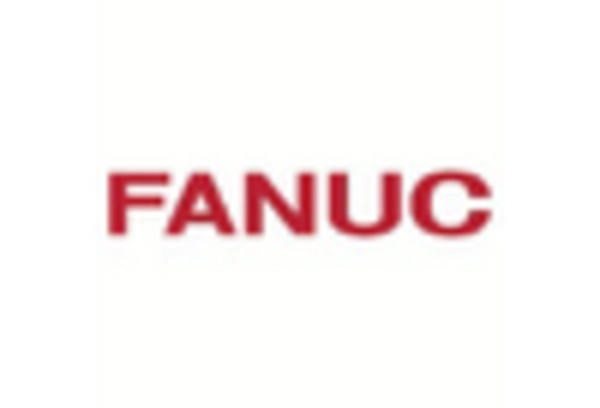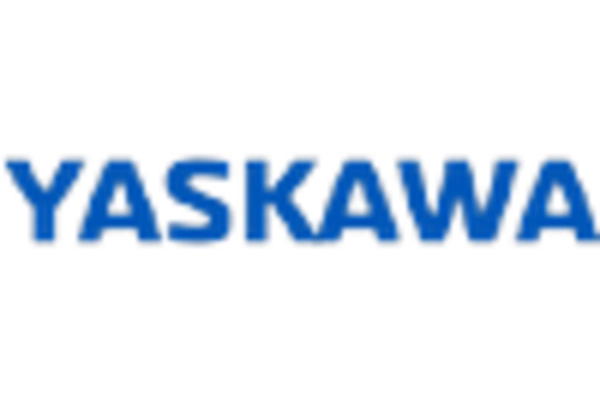Market Trends
Key Emerging Trends in the China Robotics Market
The Entertainment Robots Market is experiencing a surge in growth driven by several key factors that are reshaping the landscape of robotic technology tailored for entertainment purposes.
One of the primary drivers fueling the Entertainment Robots Market is the growing demand for novel and immersive experiences among consumers. With advancements in technology, there's an increasing appetite for interactive and engaging forms of entertainment. Entertainment robots, equipped with advanced sensors, artificial intelligence (AI), and interactive capabilities, offer unique experiences that captivate audiences of all ages, driving the market's expansion.
The integration of robotics and AI in entertainment has led to the development of robots capable of performing tasks that range from entertainment and companionship to education and assistance. These robots are designed to entertain through various means, including storytelling, dancing, playing music, and engaging in interactive conversations. Consequently, they have found applications in theme parks, museums, events, and even in homes as personal companions or educational aids, broadening their market reach.
Moreover, the COVID-19 pandemic has accelerated the adoption of robots in entertainment settings due to their contactless nature and ability to entertain without direct human interaction. In a time where social distancing and safety precautions are paramount, robots have emerged as innovative solutions for providing entertainment while ensuring public health and safety, further driving their market growth.
The Entertainment Robots Market is characterized by a diverse range of offerings, catering to various entertainment needs. From humanoid robots mimicking human movements and emotions to specialized robots designed for specific entertainment purposes, the market is witnessing continuous innovation. Technological advancements continue to push the boundaries of what these robots can achieve, enhancing their capabilities and expanding their applications within the entertainment industry.
However, despite the rapid growth and potential of entertainment robots, challenges persist. One significant hurdle is the high cost associated with developing and manufacturing advanced robotics technology. Additionally, ensuring the safety and reliability of these robots, especially when interacting with diverse audiences, remains a critical concern that requires continuous improvement in design, programming, and safety protocols.
In conclusion, the Entertainment Robots Market's growth is driven by the quest for enhanced and immersive entertainment experiences. As technology continues to advance, entertainment robots are poised to play an increasingly significant role in captivating audiences and providing novel forms of entertainment. Overcoming challenges related to cost, safety, and further technological advancements will be pivotal in broadening the adoption and impact of entertainment robots, reshaping the future of entertainment experiences across various industries and settings.
















Leave a Comment